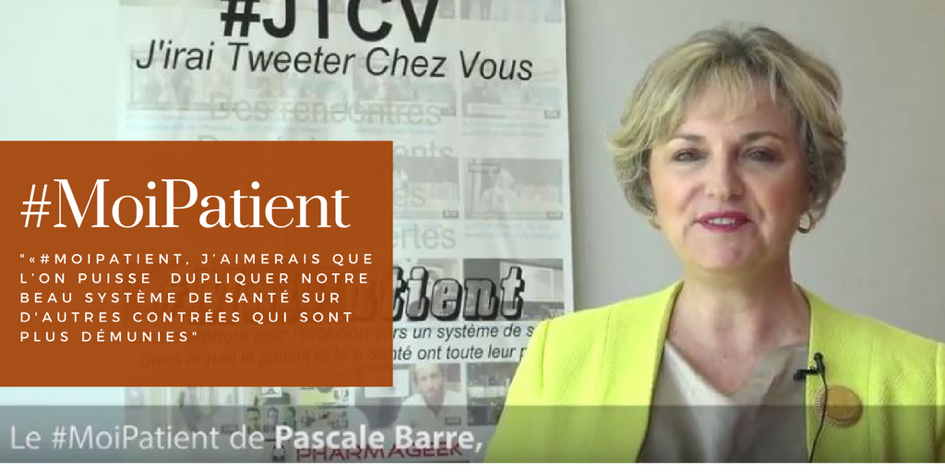Montpellier : choisir son traitement pour le cancer du sein, c’est à présent possible
14/11/2013Pfizer finally acquires the @pfizer name on Twitter
14/11/20135 ways pharma could improve the consumer experience
Here are five examples pharma could improve consumer experience
Online medication support
About 57 percent of respondents said they prefer online medication support, such as disease and prescription education websites. Millennials want that medication support to come with interaction with health experts. But one-third of seniors prefer that online information is supplemented by in-person events. Generation Xers in a high income bracket were more likely to follow-up any online information with a doctor’s advice in person. Online medication information that can provide a deeper dive for customers was valued as the third most important factor when purchasing prescription or over the counter medication after insurance coverage and a physician’s recommendation.
Collaborations with and lessons from non pharma companies
One way to help consumers is to provide more opportunities for them to find out about clinical trials. The report said one-third of high-income Gen X women with chronic conditions wanted more information about clinical trials, signalling an unmet demand. Genentech, for example, partnered with 23andme to use voluntarily provided genetic information to identify eligible patients for metastatic breast cancer treatments. Glooko’s FDA approval for a mobile tool to record glucose levels and self-reported moods and eating habits also has a critical component. It is designed to help patients be more in control of their condition. It lets users discover cause and-effect patterns in managing their diabetes — such as eating low glycemic foods. It gives patients clear, meaningful information to discuss and share with their physicians.
Helping patients with multiple chronic conditions
The Centers for Disease Control estimates that 26 percent of Americans have more than one chronic condition. More effective ways for patients to manage medications for multiple conditions could help address that need. Pharmaceutical companies could make more use of technology to suggest healthy decisions, help them avoid unnecessary medical appointments, to increase a sense of control over their conditions.
Convenience-on-demand services
Respondents regardless of age or income said they would pay extra for the convenience of not waiting around for prescription medications — 19 percent more to be exact. Affluent Baby Boomers and Gen Xers with chronic conditions said they would pay more than 50 percent more. Some baby boomers said they would pay extra for home delivery. That’s a trend national retailers like Walgreens are beginning to embrace. It has 400 “Well Experience” stores in urban areas that take a streamlined approach to pharmacy services.
Helping consumers manage medication costs
Medication costs can have a big impact on adherence. Respondents listed high treatment costs and unexpected treatment costs among the top sources of frustration in the treatment experience. Most drug makers already offer some form of a discount program, but the survey seemed to suggest that more could be done. It cited a study of 2,800 patients. When co-payments were completely eliminated for heart medications, clinical outcomes improved and medication adherence rates were 4 to 6 percentage points higher. It isn’t a huge increase but it’s a start.
See on medcitynews.com




